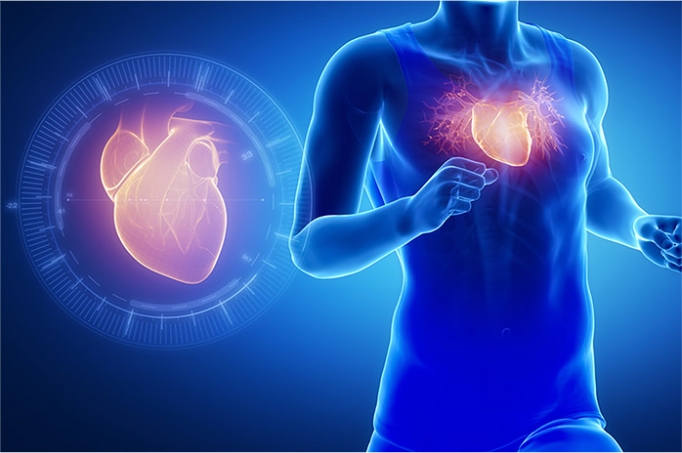HEART VALVE PROBLEMS – SYMPTOMS

“Your heart has 4 valves that are essentially flaps of tissue,” says McLeod Cardiothoracic Surgeon Dr. Scot Schultz. “The main job of the valves is keeping the blood flowing in one direction through the heart and body. Valves are very busy body parts – opening and closing about 100,000 times a day.”
If one of these valves does not OPEN properly, the flow of blood is hampered. This is called stenosis and the heart has to pump harder to get blood throughout the body.
If one of the valves can’t CLOSE completely, the leaky valve is said to regurgitate blood. Called prolapse, the heart is like a leaky air compressor, working harder to pump the blood. The back flow can worsen over time, causing heart enlargement and high blood pressure in the heart and lungs.
Risk Factors. Valve problems seem to be hereditary and may be present at birth. Normal aging can also wear out these hard-working valves. By the time you’re 50, those valves have opened and closed nearly 2 trillion times.
Men over 65 and women over 75 are at greater risk of heart valve problem. The hereditary tendency for prolapse is most likely to show up in women aged 20-40, who are tall and thin with long arms and fingers.
Some cancer and weight loss medications as well as persistent high blood pressure and diseases, such as rheumatic fever, can also weaken valves.
Symptoms. The good news: Many people with valve problems especially prolapse don’t suffer any symptoms. Those who do have indications, complain about irregular heartbeats (“palpitations”). Experts believe this may be triggered by a lack of oxygen in the blood and related to the body’s nervous system.
You may also suffer tiredness, anxiety and dizziness. It’s common to cough, sometimes with blood.
Chest discomfort may increase with exercise but disappear when a person rests. At its worst, pain may extend to the arm, neck and jaw. In rare conditions migraine headaches result.
Final Thought. Diagnosis may involve one or two visits to a heart specialist. Treatment can be as simple as medication or might involve surgical repair or replacement of the valve. We discuss both of these issues in more detail in related articles.
Sources include: McLeod Health, National Institutes of Health, Heart & Stroke Foundation, Society of Cardiovascular Angiography & Interventions, National Heart & Lung Society, MedicineNet.com, British Heart Foundation, Public Health Agency of Canada,
-
McLEOD REGIONAL MEDICAL CENTER FLORENCE
843-777-2000 -
McLEOD DARLINGTON
843-777-1100 -
McLEOD DILLON
843-774-4111 -
McLEOD LORIS
843-716-7000 -
McLEOD SEACOAST
843-390-8100 -
McLEOD CHERAW
843-537-7881 -
McLEOD CLARENDON
803-433-3000



-
McLEOD REGIONAL MEDICAL CENTER FLORENCE
843-777-2000 -
McLEOD DARLINGTON
843-777-1100 -
McLEOD DILLON
843-774-4111 -
McLEOD LORIS
843-716-7000 -
McLEOD SEACOAST
843-390-8100 -
McLEOD CHERAW
843-537-7881 -
McLEOD CLARENDON
803-433-3000
 Find a Doctor
Find a Doctor  Locations
Locations  Services
Services